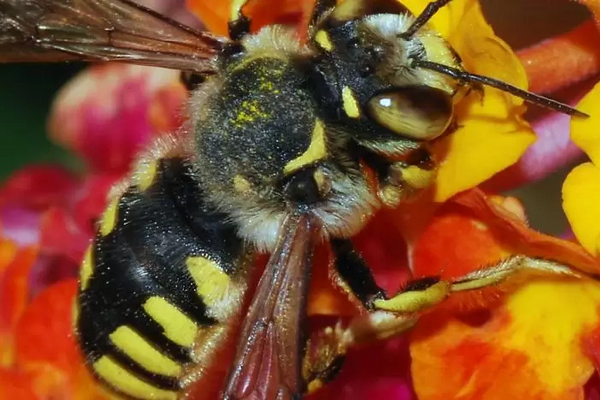Native wild bees native play a critical role in ecosystems, pollinating countless plant species, including crops. Pollination from wild and managed bees benefits some 75% of crop species and 88% of flowering plant species.
Now, scientists supported by the U.S. National Science Foundation have found that a factor in the decline of wild bee populations is the use of pesticides. Bee populations have declined by some 43% in areas with high pesticide use. The results are reported in the journal Nature Sustainability.
"The decline of many wild bee species has major consequences for pollination in natural and agro-ecosystems," state the scientists in their paper. "One hypothesized cause of the declines is pesticide use; neonicotinoids and pyrethroids in particular have been shown to have pernicious effects in laboratory and field experiments and have been linked to population declines."

The researchers write that they discovered "that the negative effects of pesticides are widespread; the increase in neonicotinoid and pyrethroid use is a major driver of changes in occupancy across hundreds of wild bee species." The scientists suggest that reducing pesticide use may help the conservation of these important pollinators.
Using advanced computational methods, the researchers reviewed more than 200,000 observations of more than 1,000 bee species. "The use of biological collections data to understand where organisms occur, or no longer occur, is an increasingly societally important research topic," says Reed Beaman, a program director in the NSF Division of Biological Infrastructure.
Source: US National Science Foundation
